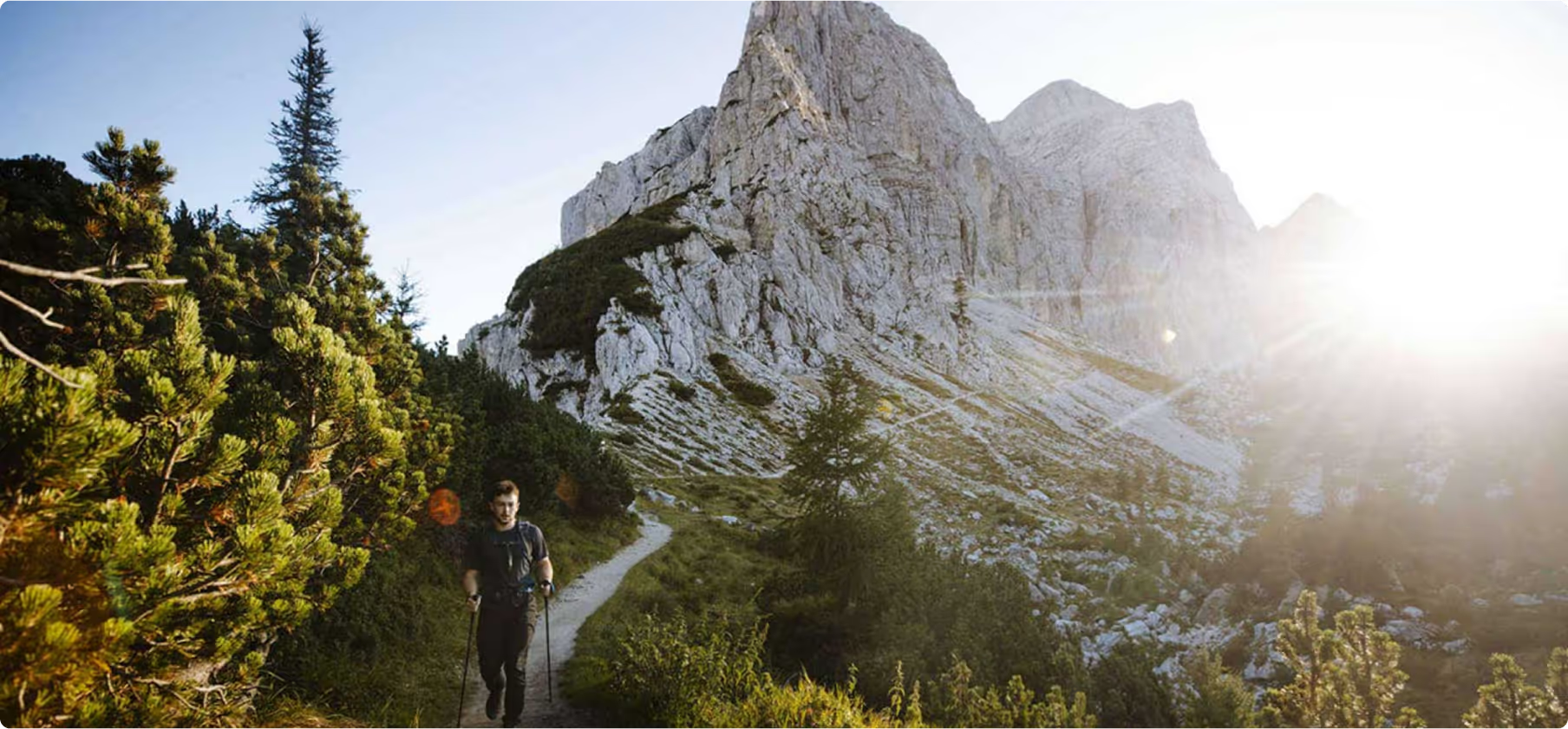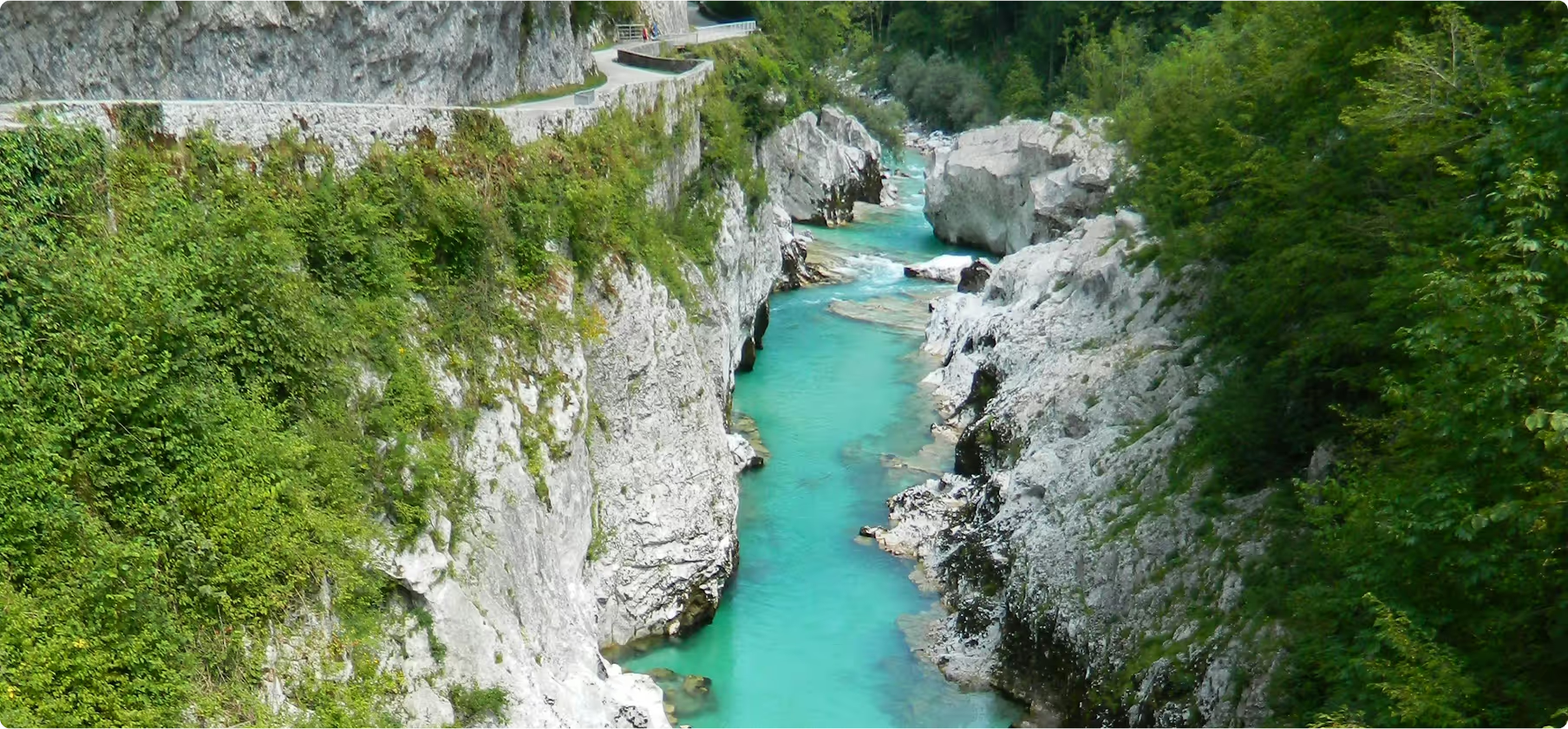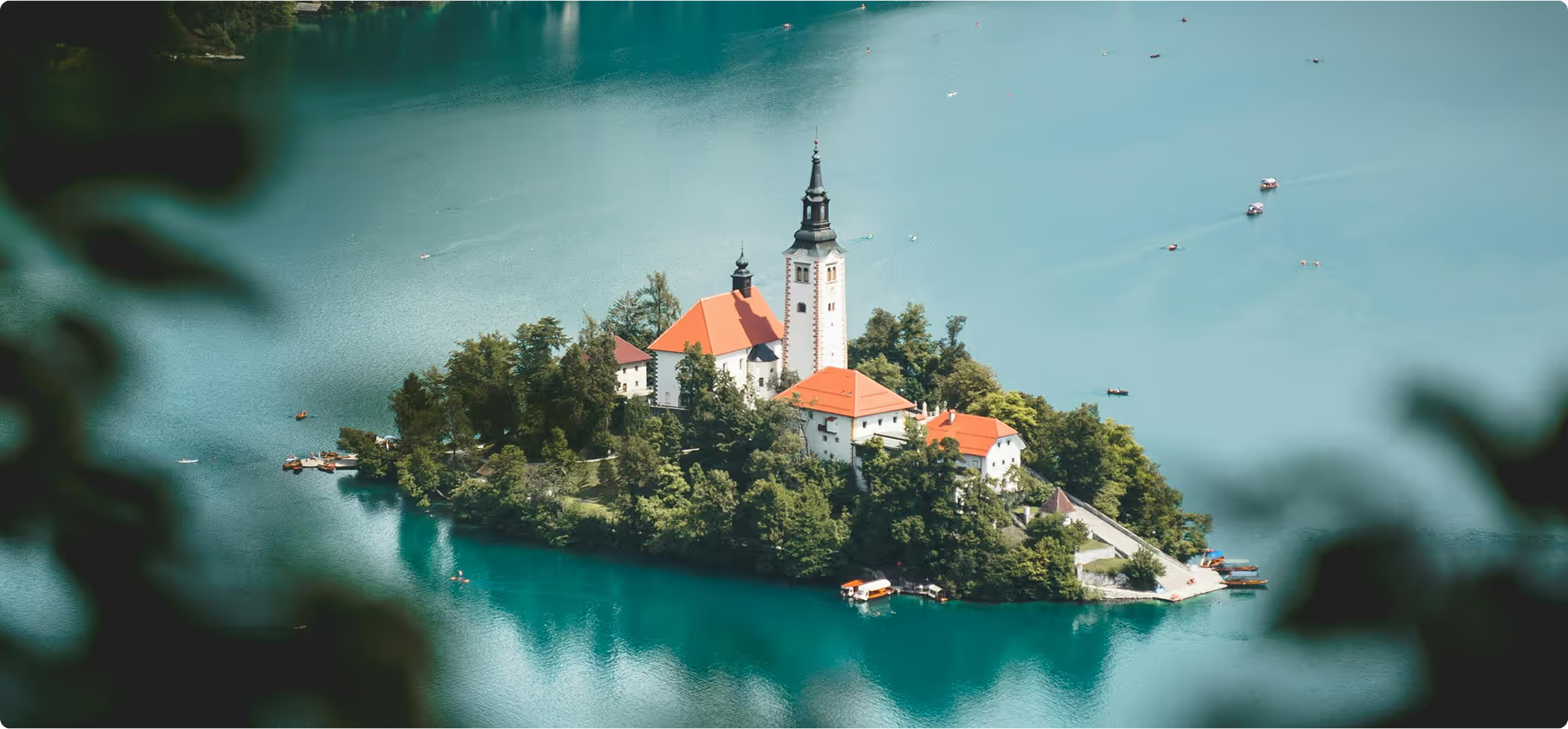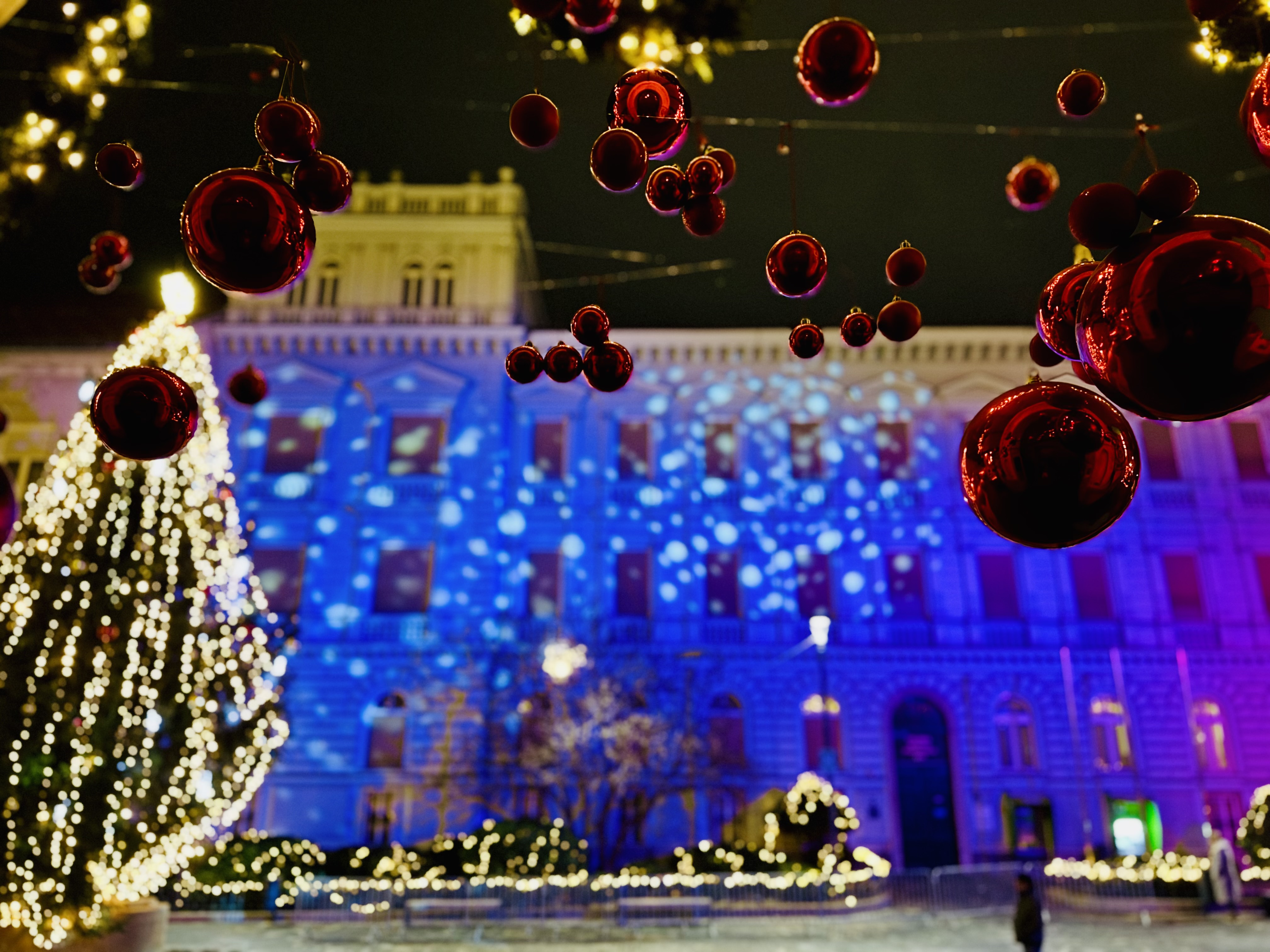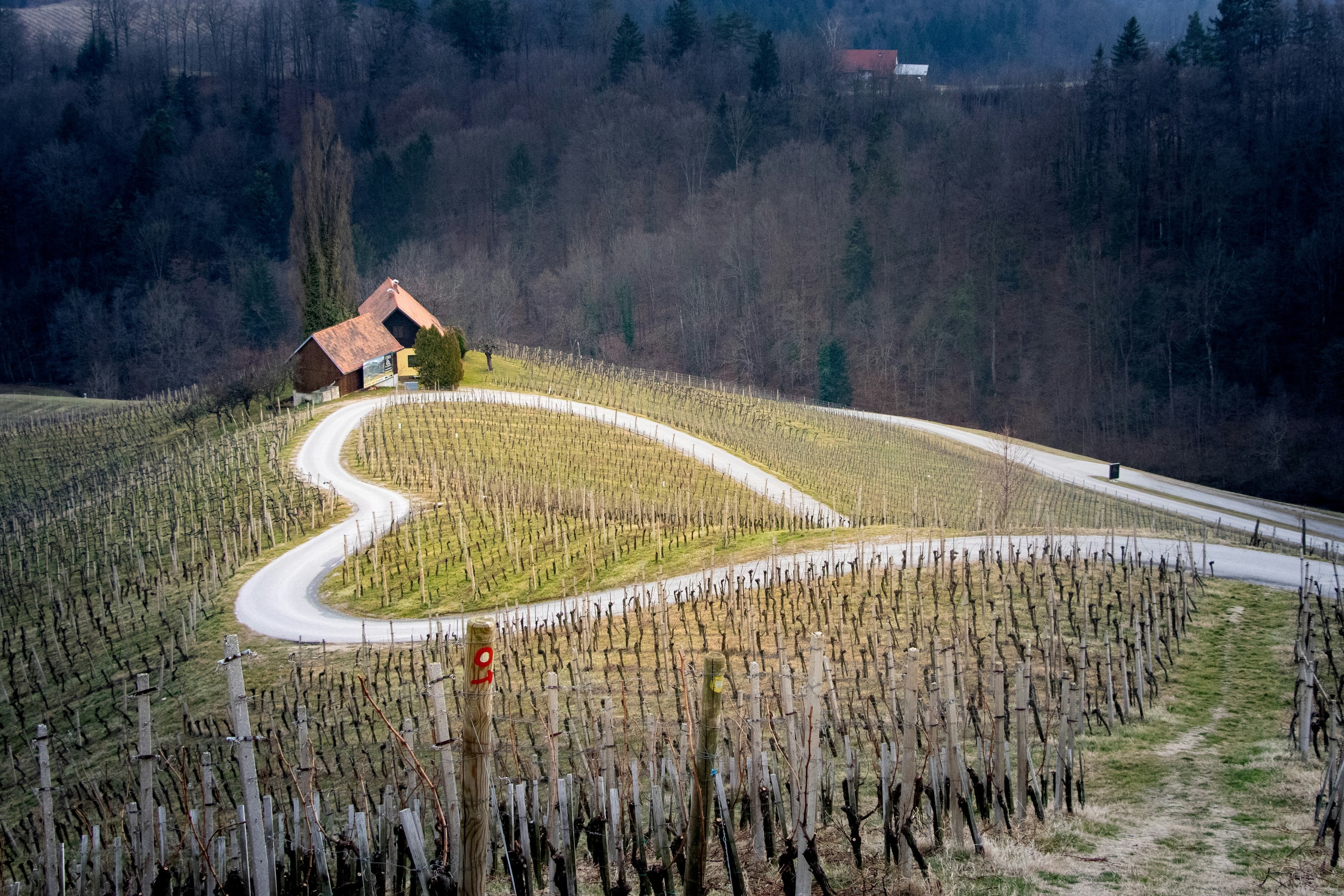Alpine region
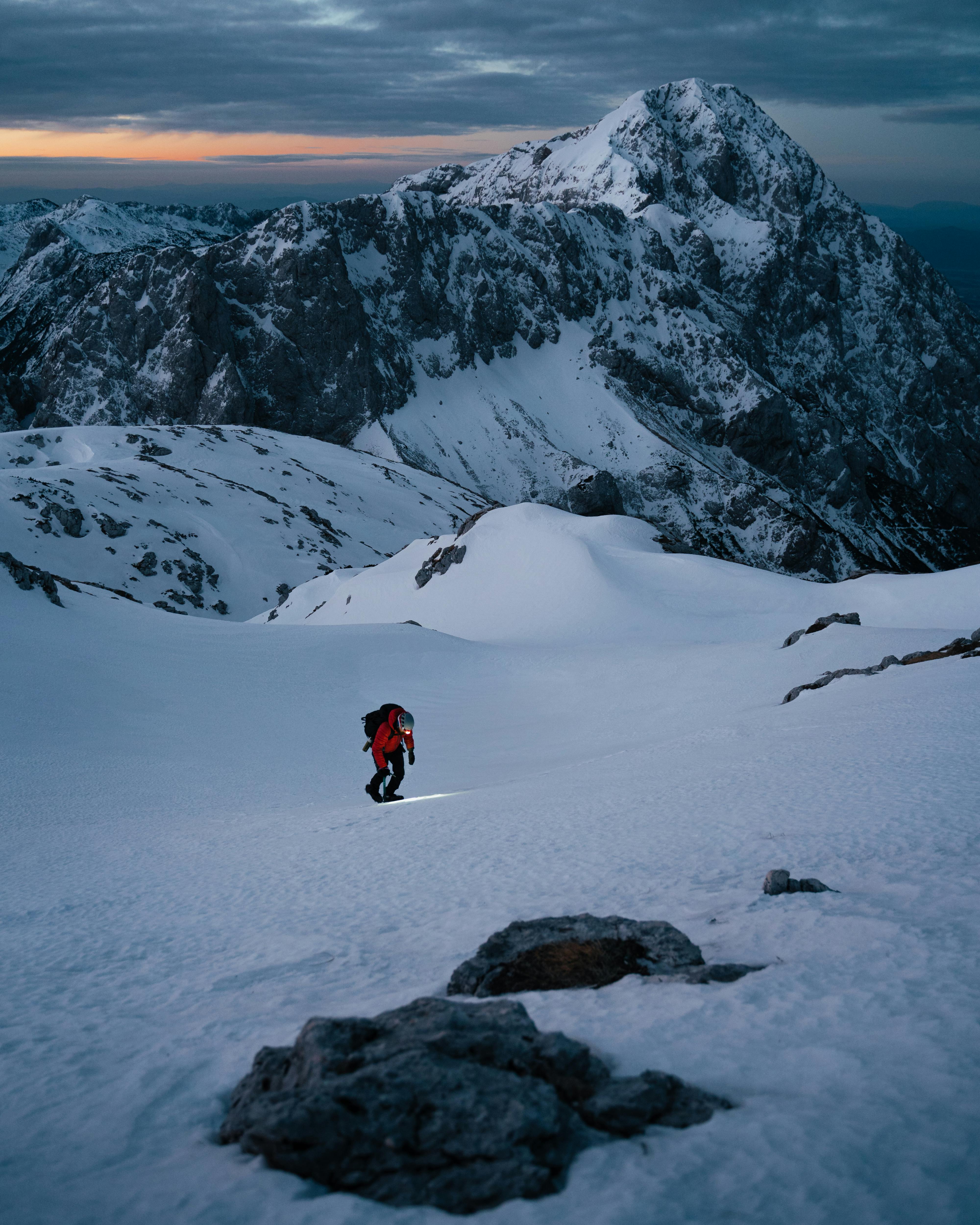
Slovenia boasts the beautiful world of the Alps and the foothills of the Alps. The Julian Alps, the Karavanke Alps, the Kamnik-Savinja Alps and the Pohorje Hills are the highest regions in Slovenia. Alpine Slovenia is a world of friendly and accessible mountains and hills.
Slovenia is on of the eight countries that host part of the Alps. Within Slovenia’s Alpine region, the area of the Julian Alps located in Triglav National Park is the true gem. Triglav National Park is one the oldest national parks in Europe, and its protected nature remains pristine thanks to the region’s sustainable development.
The park’s main attraction is, of course, Triglav – Slovenia’s highest peak at 2,864 meters. Its name means ‘three-headed’ and refers to the mountain's three peaks. Reaching the summit is a must for every Slovenian at least once, and it is accessible to experienced hikers.
Beyond its natural treasures, the Julian Alps are home to charming villages and towns where you can enjoy excellent culinary experiences and immerse yourself in the unique culture of the region.
A unique way to explore the Julian Alps is by hiking the Juliana Trail. This circular route takes you past many of the highlights of the Julian Alps. The trail does not go high into the mountains, keeping elevation gain manageable while also protecting the fragile nature of the high alpine environment.
Destinations in this area
Soča valley
"A little white town with a campanile in a valley. It was a clean little town and there was a fine fountain in the square."
This quote by American writer Ernest Hemingway describes Kobarid. During World War I, a young Hemingway stayed in this Slovenian town on the Soča River while serving as an ambulance driver for the Italian army. His experiences in the region’s battles later found their way into his novel A Farewell to Arms.
No fewer than twelve battles were fought in this picturesque area, nestled between mountains and along the emerald-green Soča River. Forts, monuments, and trenches can still be found throughout the valley, reminders of its turbulent past.
Today, visitors come to the Soča Valley for its breathtaking natural beauty. The region is a magnet for adventure travelers, with the river providing the perfect setting for thrilling activities like rafting, canyoning, and kayaking. The surrounding mountains offer stunning hiking opportunities, while high above the valley, alpine meadows preserve centuries-old traditions such as artisanal cheesemaking.
Things to see and do around Soča Valley
- Tolmin Gorge
The Tolmin Gorge is one of the most stunning natural attractions in the Soča Valley. Carved by the crystal-clear Tolminka River, this deep and narrow gorge is known for its dramatic rock formations, turquoise waters, and picturesque hiking trails.
Highlights of the gorge include Dante’s Cave, named after the Italian poet who, according to legend, found inspiration for Inferno here, and the Devil’s Bridge, which offers breathtaking views from above. The Tolmin Gorge is an easily accessible and unforgettable stop for nature lovers and hikers exploring the region.
- Kanal ob Soči
Kanal ob Soči is a charming town on the banks of the emerald-green Soča River, known for its picturesque stone bridge, historic architecture, and relaxed atmosphere. The town’s medieval center features narrow streets, colorful facades, and a rich cultural heritage.
One of the town’s most iconic sights is the Kanal Bridge, from which daring locals and visitors sometimes dive into the river below. The area is also a great spot for kayaking, swimming, and fishing. With its scenic surroundings and cultural events, Kanal ob Soči is a perfect stop for those exploring western Slovenia.
- Kozjak Waterfall
Kozjak Waterfall is one of the most breathtaking waterfalls in Slovenia, hidden within a mystical rock amphitheater near Kobarid. The 15-meter-high waterfall cascades into a deep emerald pool, surrounded by towering limestone walls that give it a magical, cave-like appearance.
A scenic wooden trail leads through lush forests and along the Soča River, making the short hike to the waterfall an unforgettable experience. Kozjak Waterfall is a must-visit spot for nature lovers and photographers exploring the Soča Valley.
How to get here?
The Soča Valley is located in the far west of Slovenia. You can reach the valley from Italy, for example, by flying into Treviso or Venice. By car, the best route is via Austria, through Tarvisio (Italy), and then into Slovenia over the Predil Pass.
Bled, Bohinj & Radovljica
When the Ottomans reached the entrance to the Bohinj Valley during their conquest of Central Europe, they abruptly turned around. According to legend, they thought they had reached the end of the world—and in a way, it does feel like that. Coming from the charming medieval town of Radovljica, passing through the fairy-tale-like and bustling Bled, and finally arriving in peaceful Bohinj, where nature is the true highlight, feels like entering a different world.
Radovljica, Bled, and Bohinj are completely different yet closely connected. If you visit one, make sure to see the others as well. Don’t forget to explore the Pokljuka Plateau (near Bled and Bohinj) and Vogel Mountain (near Bohinj) for even more breathtaking nature.
Whether you love nature or culture, seek tranquility or adventure, these destinations have something for everyone.
Things to see and do
- Lake Bled & Bled Castle
Lake Bled is one of Slovenia’s most iconic and picturesque destinations. Surrounded by lush forests and the towering Julian Alps, the lake is famous for its small island with the charming Church of the Assumption, which visitors can reach by traditional wooden pletna boats.
Overlooking the lake from a dramatic cliff is Bled Castle, the oldest castle in Slovenia, dating back to over 1,000 years ago. The castle offers stunning panoramic views, a museum showcasing the region’s history, and even a medieval-style printing press.
Whether you take a scenic walk around the lake, ring the wishing bell on Bled Island, or enjoy Bled’s famous cream cake (kremšnita), a visit to Lake Bled is an unforgettable experience.
- Radovljica
Radovljica is a charming medieval town located just a short distance from Lake Bled in Slovenia. Known for its well-preserved medieval architecture, Radovljica offers visitors a glimpse into Slovenia’s past with its cobbled streets, picturesque town square, and colorful buildings. The old town is filled with baroque houses, historical buildings, and churches, making it a great place for leisurely strolls and discovering local history.
One of Radovljica’s highlights is the Beekeeping Museum, which celebrates Slovenia’s long tradition of beekeeping. The town is also famous for its traditional festivals and events, which showcase local crafts, food, and music.
With its mix of history, culture, and natural beauty, Radovljica is a perfect destination for those looking to explore a quieter and more authentic side of Slovenia, just a short drive from the tourist hotspots of Bled and Bohinj.
- Bohinj
Bohinj is a peaceful, nature-filled gem located in the heart of the Triglav National Park in Slovenia, offering a stunning contrast to the more touristy Bled. The Bohinj Lake, surrounded by towering mountains, is the centerpiece of the region, known for its crystal-clear waters and breathtaking views. The lake is perfect for outdoor activities such as kayaking, swimming, and fishing, while the surrounding area offers exceptional hiking and mountain biking opportunities.
Bohinj is also home to the Vogel Ski Resort, offering skiing in the winter and hiking in the summer. The Savica Waterfall, one of the most famous waterfalls in Slovenia, is located nearby and is a popular spot for visitors.
The town of Bohinj itself retains a traditional Alpine charm with rustic wooden houses, local markets, and a relaxed, tranquil atmosphere. For those seeking a more peaceful escape, Bohinj offers nature at its finest and is perfect for those who want to disconnect and enjoy the serenity of the Slovenian Alps.
How to get here?
The destinations are located in the northern part of Slovenia and have their own exit off the highway between Ljubljana and the Austrian border. They are also accessible by train and bus. You can take the train from Jesenice along the Bohinj Railway to reach the area. Radovljica is directly accessible by train from Ljubljana.
Kranjska Gora
Once a traditional winter sports hub, Kranjska Gora is increasingly becoming a center for summer activities. This charming town in the northern part of Slovenia serves as a great base for hiking and cycling. It offers plenty to do, not only for adults but also for children.
Kranjska Gora lies at the foot of the Vršič Pass, one of the biggest challenges for avid cyclists. Motorcyclists can also enjoy the 50 numbered hairpin turns of the pass. Hiking is available high in the mountains, but there are also easier, more accessible routes.
In the nearby village of Mojstrana, visit the Alpinist Museum and take a walk through the Bistrica Valley, where you can explore the stunning Peričnik Waterfalls.
Things to see and do
- Martuljek Waterfalls
The Martuljek Waterfalls are a beautiful natural attraction located near Kranjska Gora in the Martuljek Valley. The waterfalls consist of two main parts: the Upper Martuljek Waterfall and the Lower Martuljek Waterfall, both set against the backdrop of the Julian Alps.
The hike to the waterfalls is a popular route for nature lovers, offering stunning views of the surrounding mountains and lush forests. The Upper Waterfall is known for its impressive drop, while the Lower Waterfall creates a peaceful setting with its cascades.
The area around the Martuljek Waterfalls is perfect for hiking and photography, with the fresh mountain air and tranquil atmosphere making it a memorable experience for visitors exploring the region.
- Lake Jasna
Lake Jasna is a picturesque, crystal-clear lake located near Kranjska Gora in the Julian Alps. Surrounded by stunning mountain views, the lake is a popular destination for relaxation and outdoor activities, especially during the summer months.
The lake is known for its striking turquoise waters, which are fed by the Pesa River. It’s a great spot for swimming, kayaking, and even picnicking by the shore. The area around the lake is also perfect for a leisurely walk or bike ride, with a well-maintained path that provides scenic views of the surrounding mountains.
In winter, Lake Jasna transforms into a peaceful snow-covered landscape, making it a great place for a winter stroll or enjoying the serene beauty of the area. There are also two small islands on the lake, adding to its charm.
- Peričnik Waterfalls
The Peričnik Waterfall is one of the most impressive waterfalls in Slovenia, located in the Vrata Valley near Mojstrana. Known for its unique double-drop structure, the waterfall has two distinct sections: the Upper Peričnik Waterfall and the Lower Peričnik Waterfall. The upper waterfall cascades down from a height of 52 meters, while the lower one drops another 16 meters into a beautiful pool below.
What makes Peričnik Waterfall special is the opportunity to walk behind the waterfall. A path leads around the back of the waterfall, offering a breathtaking view of the water plunging down in front of you. The surrounding area is perfect for hiking, and the waterfall is especially stunning during spring when the water flow is at its peak.
The Peričnik Waterfall is a must-visit for nature lovers and those seeking a unique experience in Slovenia’s beautiful mountains.
- Vršič Pass
The Vršič Pass is one of Slovenia's most famous and scenic mountain passes, located in the Julian Alps. It connects the Soča Valley with the Kranska Gora area and is a popular route for drivers, cyclists, and motorcyclists. The pass is known for its 50 numbered hairpin turns, which make it a thrilling challenge for avid cyclists and an exciting drive for motor enthusiasts.
At an elevation of 1,611 meters, the pass offers stunning panoramic views of the surrounding mountains, valleys, and forests. In winter, it’s a popular route for skiers and winter sports enthusiasts, while in summer, the area is ideal for hiking and exploring the natural beauty of the Alps.
Along the way, visitors can explore landmarks such as the Russian Chapel, a memorial built by Russian prisoners of war who worked on the pass during World War I. The Vršič Pass is a must-visit for adventure seekers and those looking to experience the raw beauty of Slovenia’s mountainous terrain.
How to get here?
Kranjska Gora is not easily accessible by public transport, with only a bus service connecting it to other regions. By car, you can reach the town from Austria via the Wurzen Pass, from Italy via Tarvisio, and from Ljubljana, you drive to Jesenice, then take the exit towards Kranjska Gora.
